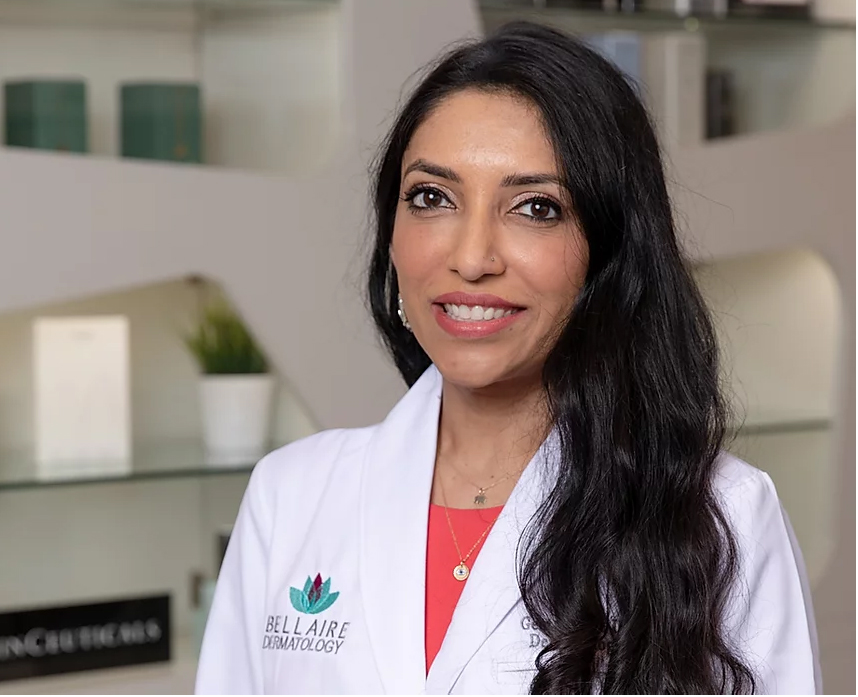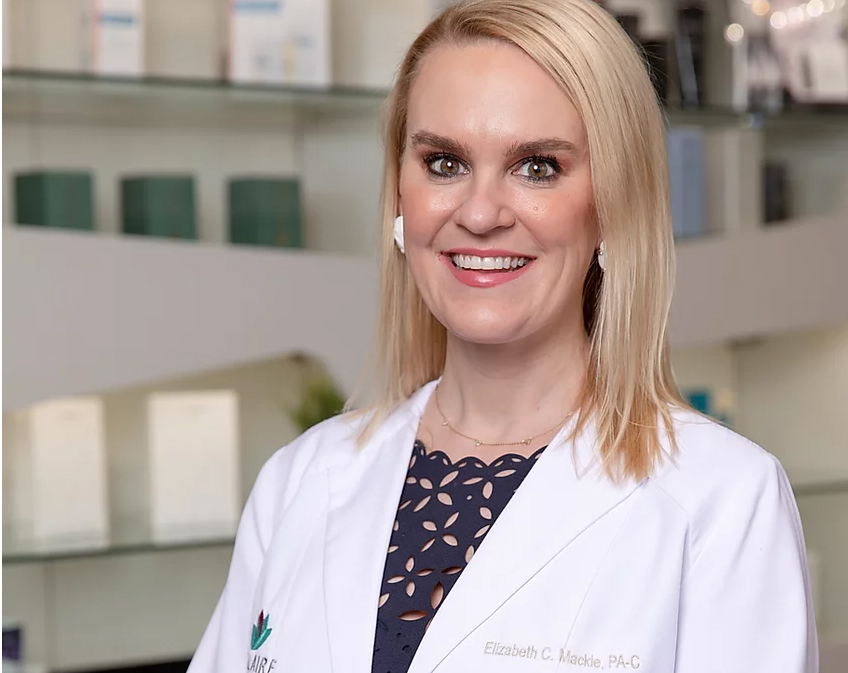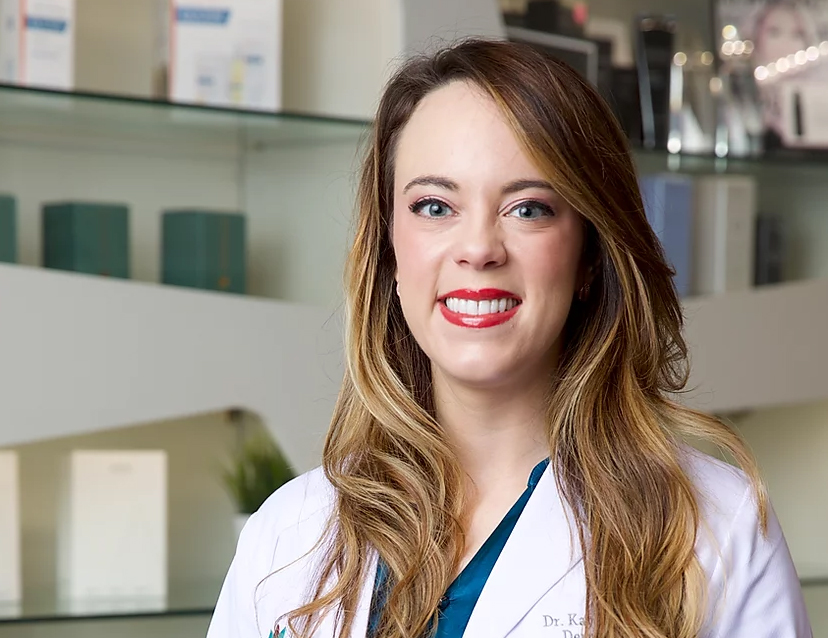Nowadays it seems as though every day is a new “national holiday,” some silly, some fun, some to call attention or make a difference. We at Bellaire Dermatology hope to be a part of the difference and change. Although, as it stands, May is Melanoma Awareness month. We want to begin the discussion now.
We are promoting important views on daily skincare and prevention of skin cancer.
As they say, “If you don’t like the weather in Texas, wait five minutes.” Some days we jump from a cold and frigid morning to a warm and humid afternoon, then, wake up to a beautiful crisp sunny day. Your skincare regimen should not waiver.
People tend to think that as we go into the “sun season” with spring and summer breaks quickly approaching, protection should be heightened. This is the case, but, the same care should be taken daily and year-round.
FACTS:
-Melanoma is the fifth-leading cause of cancer AND its incidence is rising faster than any other cancer.
-Every hour, one American dies from melanoma.
-By age 50, men are more likely than women to develop melanoma.
-People of all colors, including those with brown and black skin, get skin cancer.
How can we turn these statistics around without becoming one of them?
- KNOW YOUR BODY

Dr. Geeta Patel
“An increased number of moles do correlate to a higher risk of melanoma. When caught and treated early, skin cancers are highly curable,” says Dr. Geeta Patel. As moles change, “You are the one with the best chance to see change. Therefore, it is important to do a monthly self-skin check. Keep a “mental map” of your body, when something catches your eye, you will be prepared to recognize and identify sooner.” Angela Husted, PA-C, adds “Anything evolving: growing, painful, itchy or that will not heal should prompt you to come in before your regularly scheduled skin exam.”
Need pointers on how to perform a self-skin check? You can learn how to examine here. (link to https://www.aad.org/public/diseases/skin-cancer/how-to-spot-skin-cancer)
- GET SCREENED

Dr. Elizabeth Mackie
“Early detection is key,” says Elizabeth Mackie, PA-C, “consider a full-body skin examination good preventative care – similar to an annual physical, well-women examination, cholesterol screening or biannual dental cleaning. We’re seeing parts of your body that you cannot.”
In 2019, the number of melanoma-related deaths lowered to 7,230 from 10,130 in 2016. Gratefully, regular self-skin checks and routine visits to your dermatologists have allowed us to catch melanomas sooner, resulting in better outcomes for patients. Also, new technology aides in a more accurate diagnosis and management of melanoma. For example, new genome testing for low-risk patients allows us to detect those more likely to have recurrences or metastasis.
- PROTECT YOURSELF AND THOSE YOU LOVE
Sunscreen

Dr. Paige Yelich
“It’s important to remember that ultraviolet (UV) radiation can penetrate clouds. An overcast or cloudy day is not an excuse to not wear sunscreen,” says Paige Yelich, PA-C. “Unlike UVB, UVA is constant throughout the day and year. The sun’s UV rays not only cause our skin to burn, but UVA penetrates deeper into our skin, damaging our elastin and collagen. This has a major effect on the photoaging process.” The American Academy of Dermatology recommends the application of sunscreen with broad-spectrum coverage (UVA/UVB protection) at an SPF 30 or higher. As we look forward to sunnier months and beach vacations, know that, application of sunscreen should occur every two hours (while outdoors) and immediately after sweating or swimming.
Seek shade. Peak hours of UV radiation are generally between 10 am and 2 pm. If you travel for work or vacation with family, you may want to install an app on your phone which helps determine the UV Index where you are, such as UVLens (https://www.uvlens.com/).
Wear protective clothing.
Wide-brimmed hats are better than baseball caps, and full-length swimwear, sleeves, and gloves are made to protect even the most forgetful at applying sunscreen. Some common examples are Solumbra® (https://www.sunprecautions.com/) and Coolibar ® (https://www.coolibar.com/).
- Go natural
Look for a sunscreen that contains Zinc Oxide or Titanium Dioxide for best results. “Do not be fooled, “makeup with sunscreen,” is NOT sunscreen,” says. Dr. Patel.

Katy Hogan
“A shot glass to the entire body is a good rule of thumb regarding how much to apply. And remember, it takes at least 15 minutes to effectively prevent sunburn, so, make this part of your routine before going outdoors,” says Katy Hogan, PA-C.
- Don’t believe the myths

Dr. Kayla McNiece
“There is no such thing as a “healthy base tan.” A tan is your body’s response to sun-induced injury and only provides protection equivalent to SPF 4,” reports Dr. Kayla McNiece. “Once sunlight hits the skin, UV radiation penetrates skin cells causing damage. The cells respond by releasing melanin (pigment) as a shield to absorb future UV rays. Simply put, a tan is a direct reflection of UV radiation damage. This damage can lead to skin cancer as well as accelerated aging – wrinkles, thin skin, and liver spots.”
Prevention and early detection are key. Precautionary measures, as listed here, work to reverse rising melanoma statistics and keep you and your family safe. Bellaire Dermatology is here to serve Houston with skin cancer screenings and helpful tips and tricks – “Because Results Matter.”
https://www.bellairedermatology.com/
Reference:
Rigel et al, NYU Melanoma Cooperative Group, 2020
Siegel et al, Ca J Clinicians, 2019
Wei et al, JAAD, 2016
Riegel et al, Dermatol Surg, 1981
Li, et al, JAAD 2019
O’Sullivan et al, Cancer Epidemiol, 2019
Rigel DS. Melanoma Update 2020. Lecture presented at: Winter Clinical Dermatology 2020; January 21, 2020; Kona, HI
Infographic: Say Yes to Sun Protection. American Academy of Dermatology website. https://www.aad.org/public/diseases/skin-cancer/prevent/sun-protection. Accessed Feburary 22, 2020
